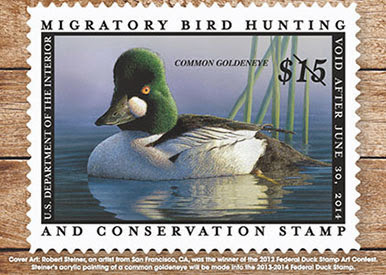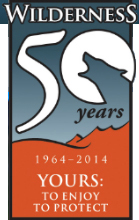Guy Denny's very own field of dreams, an 18 year effort, offers visiting friends and naturalists a peek at the Ohio habitat that was first to fall to the pioneer's iron plow and remains scarce today. Guy's 26 acre introduced tall grass prairie sustains Ohio prairie plant diversity in luxurious abundance for the future and to share with friends and prairie advocates throughout the Midwest. Guy's generous private activity and long public career suggest that his greater field of dreams, his demonstrated dedication, reaches far beyond his local prairie restoration to include all of the state of Ohio and beyond.
 |
| A primer on prairie collection by life-long naturalist-interpreter, Guy Denny, beside his 26 acre prairie. |
Private lands efforts are even more important than essential public lands efforts to sustain biological diversity through the growing pressures of destructive forces bottle-necking biodiversity in the 21st century. Edward O. Wilson detailed the bottleneck dilemma causing the current mass extinction of biological diversity in his 2002 book, The Future of Life. A convergence of pressures; habitat destruction, invasive species, population growth, over-harvest, and pollution whittle away at biological diversity. These on-the-ground (and in the water) pressures are exacerbated by the accelerating increase of greenhouse gas concentrations in the atmosphere causing anthropogenic climate change. We are reducing ecosystem resiliency while upping the pressure for rapid adaptation that is overwhelming ecosystems.
Guy is leader for both private and pubic involvement. Ohio's fledgling natural areas association, The Ohio Natural Areas and Preserves Association is Guy's most recent public effort. Guy is one of three incorporators of the new organization. Several years ago, Ohio defunded one of the most successful public natural areas and preserves systems in the Midwest. Guy, with others, campaigned successfully to keep Natural Areas alive, though still struggling and no longer an entirely stand-alone system. The new non-profit will advocate for Ohio's natural areas and lend a hand to on-the-ground management, an ongoing challenge Guy and others have worked to reduce for decades. Dedicated conservationists sport calloused palms, not just figuative pencil-grip calluses. Denny sports both, he does the work and writes about the work. Guy and friends eradicate thistle, write outdoor pieces, and organize initiatives for habitats near and far. This is grass roots effort.
Please join ONAPA today, or make a generous donation. Consider lending a hand at one of the work days, the "Give Back" days detailed at the link above.
| Sawtooth sunflower spreading toward open sun along prairie trails opened by mowing firebreaks. The only important ecosystem element missing, frequent disturbance by herds of bison! |
| Vanishing among towering big bluestem, a prairie dominant with indiangrass. |
 |
| Last of abundant obedient plant flowers. |






